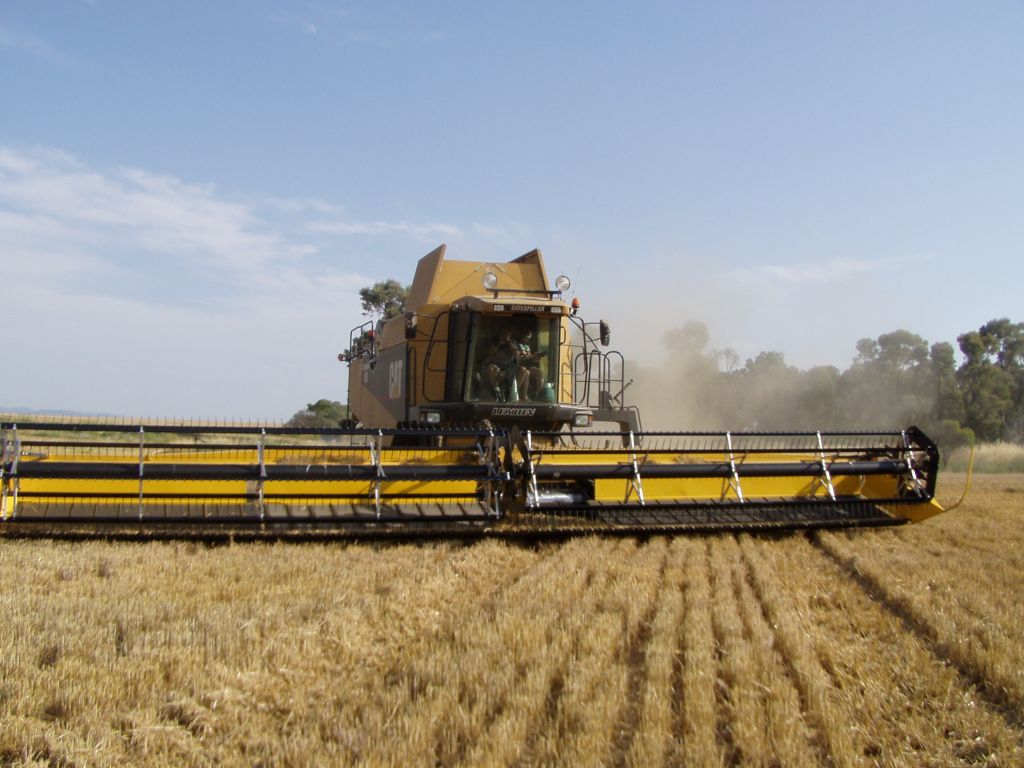Media release
From:
Expert Reaction
These comments have been collated by the Science Media Centre to provide a variety of expert perspectives on this issue. Feel free to use these quotes in your stories. Views expressed are the personal opinions of the experts named. They do not represent the views of the SMC or any other organisation unless specifically stated.
Dr Wei Hu, Senior Scientist (Soil Physics & Soil hydrology), Plant & Food Research
Farm machinery use has greatly improved the efficiency of crop production. In the last 60 years, both total weight and tyre size of combine harvesters have increased. As a result, surface soil is under almost constant surface contact stress. However, the increase in subsoil stress, and hence subsoil compaction owing to increase in vehicle weight, is usually overlooked.
Compaction of the subsoil destroys soil structure and has a negative impact on soil functions such as infiltration capacity, plant-available water, aeration and root penetration. This, in turn, adversely affects crop yields and the environment (for example, greenhouse gas emissions, soil-borne diseases and runoff losses).
A global distribution map of subsoil compaction susceptibility showed that 20% of arable land is at risk for subsoil compaction. Meanwhile, risk of subsoil compaction has increased over the past six decades. It is advocated that future farm vehicles must be designed to avoid subsoil compaction.
Of interest is the sauropods paradox story. On one hand, sauropods must have compacted the subsoil due to their almost twice-greater weight per leg than the heaviest farm machinery; on the other hand, high productivity must have been maintained to feed these giants. The authors speculate that the patterns of sauropod foraging behaviour were constrained towards minimising subsoil compaction risk to support land productivity and sauropod mobility.
This study identified a relatively high risk of subsoil compaction in New Zealand. This aligns with other New Zealand case studies. However, the extent of subsoil compaction and its adverse impacts on the crop yield and the environment remain an important knowledge gap.



 International
International



